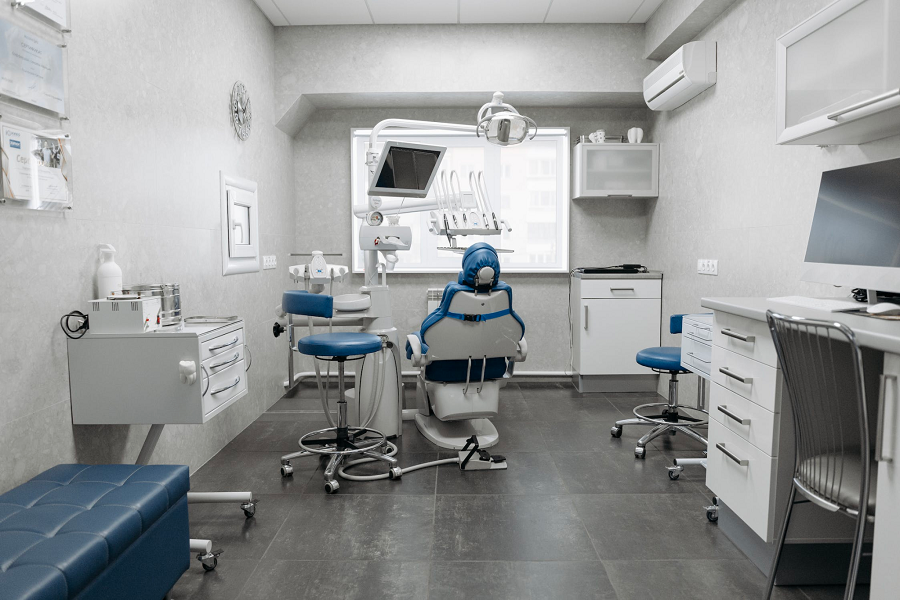Innovative Developments For Dental Clinics in 2023
Technological developments have affected many different industries in 2023, however, none are more affected than the dental industry. How technology will transform dental clinics and the art of dentistry over the next couple of years will be fascinating to watch. There are many innovative new opportunities available at the moment for dental clinics to develop as part of their practice, and modernise the way dentistry is performed in 2023. Here are 7 innovative new developments that all dental clinics should be aware of in 2023, to keep up with the competition.
Artificial Intelligence
Although the discipline of artificial intelligence has been around since the 1960s, there have been many recent developments that have made AI programs famous around the world. AI technology has the potential to transform dentistry in a variety of different ways. For example, AI programmes could analyze patient data in order to automatically recommend treatment programmes, saving time and energy for dentists. It could also be used to give patients a more accurate diagnosis and automatically identify early signs of decay and disease. As AI becomes more intelligent, it could become the number one tool that dentists use as part of their work.
3D Printing
3D printing could transform the disciple of putting dental implants into patients’ mouths. For example, dental implants can take a great deal of time, as it normally takes about 3-4 weeks to create a perfect dental implant. However, 3D printing has the potential to speed up this process to a matter of minutes. Theoretically, a patient could get a new implant created and put in during the same appointment. This could make dentists much more efficient, allowing them to see a great deal more patients during their hours of operation.
Laser Dentistry
Laser dentistry could be one of the most innovative recent developments when it comes to dental clinics modernising their practice in 2023. Laser dentistry could be used for difficult procedures at the back of the mouth, as the laser is non-invasive and highly specific. Laser has the potential to remove diseased or damaged tissue from the teeth, and could also potentially be used to treat gum disease and tooth decay. It is highly accurate, which reduces the likelihood of surrounding tissue being damaged by treatment. In the future, we could see how lasers will transform the world of dentistry, making treatment more efficient and accurate.
Intraoral Cameras
The way dentists can assess a patient’s teeth is usually by x-ray and sight, however, there have been limitations to these methods. Specialised intraoral cameras could allow a dentist to see into their patient’s mouth better, and be able to look at dental issues up close in order to recommend a treatment plan. Intraoral cameras could also allow dentists to reach hard-to-see areas, improving the level of treatment dentists are able to provide. The roll-out of intraoral cameras could transform the baseline level of worldwide dental care, meaning that patients worldwide have fewer dental issues.
Digital Shade Matching
Cosmetic dentistry has the same potential to be transformed by technological developments as general or preventative dentistry. For example, digital shade matching is allowing dental implants to be matched to the patient’s other teeth more accurately, to improve the level of cosmetic dentistry care. In the past, dentists have used shade-matching cards to match implant colour to teeth, which could be impacted by many independent variables such as lighting in the room. Digital shade matching could mean that fewer implants have to be remade, making the process of cosmetic dentistry more efficient, and allowing dentists to offer more to their patients.
Regenerative Dentistry
Regenerative dentistry is truly something of the future. It refers to using the body’s natural healing mechanisms in order to restore the natural function of the teeth and gums, which could be impacted by a variety of different reasons. Theoretically, stem cells could be used to create cells such as dentin, bone, and gum tissue. This could mean that dental decay and disease could be almost reversed instead of just treated. Excitingly, there is the theoretical potential for dentists to create implants made out of the patient’s genetic material. Forward-thinking and innovative dental clinics should definitely be keeping an eye out for trailblazing developments in the world of regenerative dentistry.
Patient-Led Treatments
Health anxiety and dental anxiety have risen massively since the pandemic – it is now more important than ever for dental clinics to factor this in when creating treatment plans for patients. Allowing patients to have a say in breaks, and explaining the procedure thoroughly to patients, have all been proven to increase patient satisfaction. A leading dentist in Wakefield found that increasing patient-led treatments has increased patient engagement and loyalty significantly. Patient-led treatment should be at the forefront of any dental clinic that cares about retaining its patients.
If you’re running a dental clinic, you should definitely keep up with these innovative developments in 2023 – let your dental clinic expand its treatment this year!
